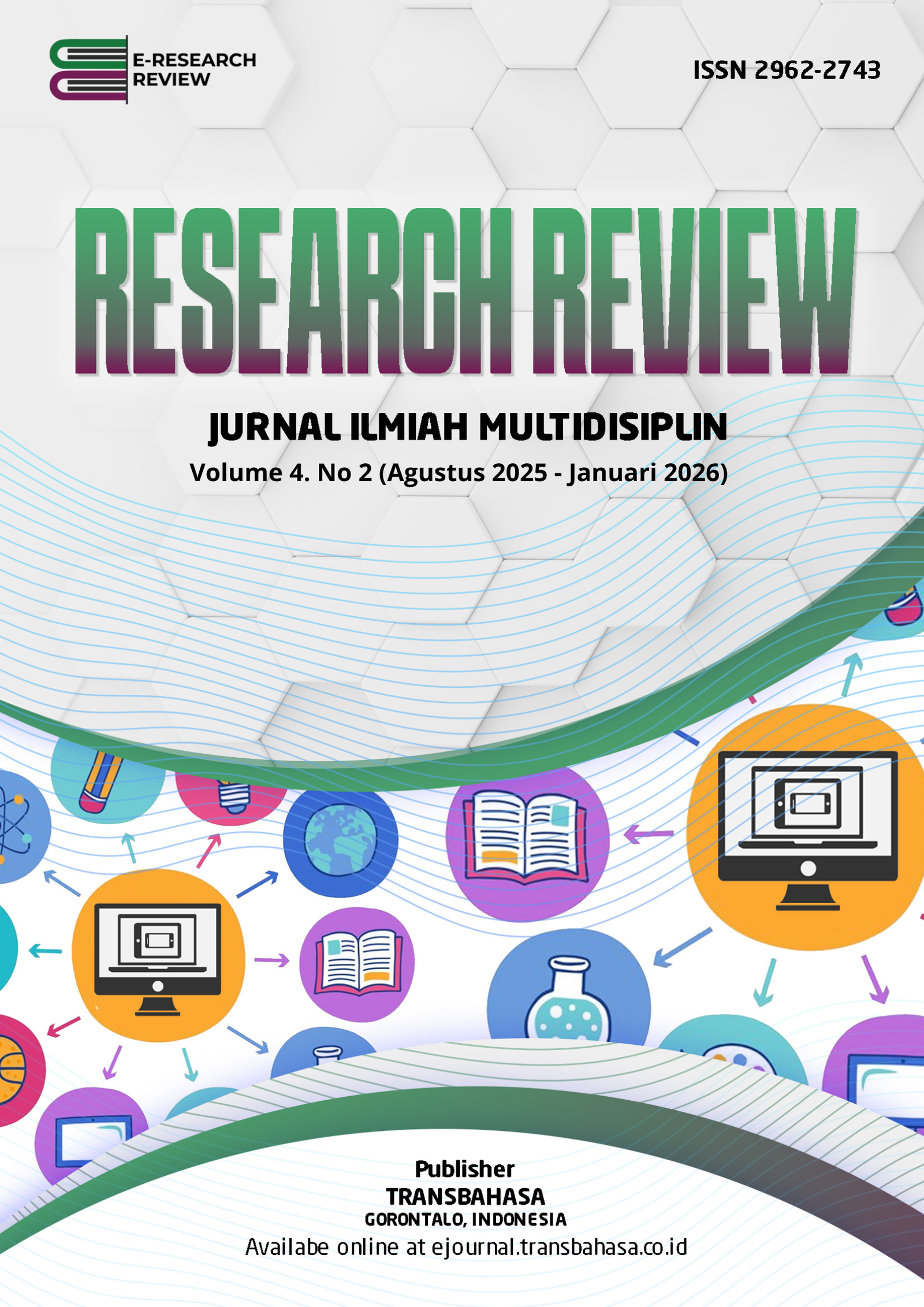Pengaruh Cekaman Kekeringan terhadap Pertumbuhan dan Hasil Tanaman Sawi (Brassica juncea L.) Varietas Puteri dan Varietas Shinta
DOI:
https://doi.org/10.54923/researchreview.v4i2.232Keywords:
Drought Stress, Mustard Variety, Brassica junceaAbstract
Mustard greens (Brassica juncea L.) are among the most widely consumed vegetables and play an important role in supporting food and nutritional security. This study aimed to evaluate the tolerance of different mustard green varieties to drought stress and to analyze the interaction between drought stress and variety performance. The experiment was conducted from April to May 2025 at the experimental field of the Faculty of Agriculture, Universitas Negeri Gorontalo (UNG), using a split-plot design with two factors: drought stress and plant variety. Drought stress was designated as the main plot, consisting of three levels: C0 = 100% field capacity (FC), C1 = 50% FC, and C2 = 30% FC. The subplot consisted of two mustard green varieties: V1 = Puteri and V2 = Shinta. These treatments resulted in six treatment combinations (C0V1, C0V2, C1V1, C1V2, C2V1, and C2V2), each replicated three times, producing a total of 18 experimental units. Each unit consisted of four polybags measuring 20 × 20 cm. The results revealed that the two mustard green varieties exhibited different responses in terms of growth and yield under drought stress conditions. The Puteri variety demonstrated greater tolerance to drought stress compared to the Shinta variety. An interaction was observed between drought stress and variety on plant height at two weeks after transplanting. Furthermore, drought stress at 50% field capacity was still able to meet the water requirements of mustard greens, as shown by plant height, number of leaves, leaf area, and fresh weight.







